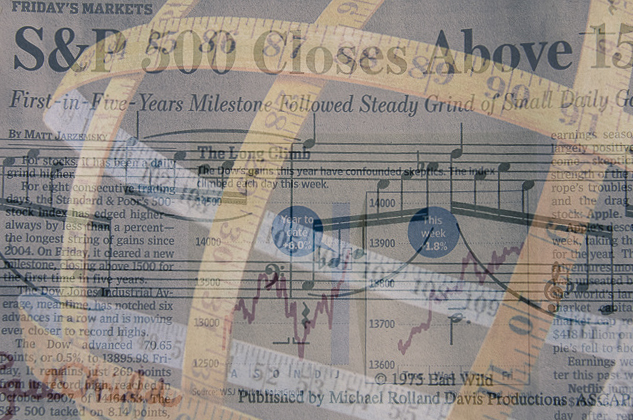
When the International Center of Photography (ICP) in New York City recently opened the exhibit “What Is a Photograph?” the event stopped us in our tracks. Here was a museum whose mission historically was to celebrate the power of the photograph. And now the institution is questioning what a photograph is!
ICP was the organization that had championed photography as the medium best suited to artistically documenting the world around us. And it provided ample evidence for this conviction by exhibiting the works, primarily black and white, of masters such as Ansel Adams, Carleton Watkins, Edward Muybridge, Henri Cartier-Bresson, Eugene Smith, Robert Doisneau, Andre Kertesz, Ruth Bernhard and many, many others.
In fact, we remember attending the seminar in ICP’s early days some 25 years ago, during which Cornell Capa, the founder and director of ICP, and art historian Beaumont Newhall, lamented the lack of permanence of color photographic prints and debated whether or not such prints would ever be considered collectible art. Of course, color works are now quite collectible and serious collectors value them as much as black and white prints. All this underscores the point that the question has rapidly evolved from “Is Photography Art?” to “What Is a Photograph?” Astounding!
So, what’s up? Is photography in the midst of an identity crisis?
For sure, technology has, with great speed, radically changed photography forever. It’s no longer simply a matter of exposing light to film. Digital image capture has all but replaced not only film but also the chemical processes for developing it. Everything from affordable, camera-enabled iPhones and iPads , DSLRs and high-end digital cinema cameras flood the market—and are updated annually. The magic of electronics now allows everyone, including amateurs, to more easily control the variables that produce acceptable photographic results. And software, also constantly updated, enables infinite ways to manipulate images.
The consequences? Photography has become “democratized” and is no longer a craft confined to technicians. “Constructed” images, made in the studio or in a computer, now compete with images “captured” on the street. Remarkably, some curators now consider that “photography” does not need to be captured by a camera. Consequently, the range of imagery, created by both amateurs and pros alike, seems to be without limit.
“You feel like the cord to the mother ship has been cut, and now you’re floating in space,” said Carol Squiers, curator of the ICP show. Quentin Bajac, curator of photography at the Museum of Modern Art has lamented, “the biggest problem now facing curators and historians today is the overflow of images.”
Certainly, we’re in a brave new world of photography. But the question, “What’s a photograph?,” may be unanswerable in terms of a strict definition. After all, when does an elaborately hand-painted digital image become a painting? Or, when does a drawing in chocolate icing, that’s merely copied with a camera, become a photograph? Perhaps the question itself is irrelevant and of interest only to museum curators who must decide in which department to archive and exhibit works.
We should recognize that art has been defined traditionally by its materials (e.g. oil paintings, water colors, pastels). Photography, on the other hand, has been defined by both its materials (film, light-sensitive paper) and its equipment (cameras). Now that film is out, what’s left?
We’ll step out on a limb and offer the view that a photograph is an image captured—in whole or in part—by any light sensitive device (camera, copier, scanner, etc.) or material (photographic paper, other surfaces with a light sensitive emulsion). All else should be considered traditional art—or “multimedia.”
But two things will never change when the objective is producing a work considered “artistic” by one’s audience: the need for a creative eye—and imagination. New technology and gadgets matter little without these. If an image does not communicate—and arouse viewers’ minds and hearts one way or another—it’s not art.
